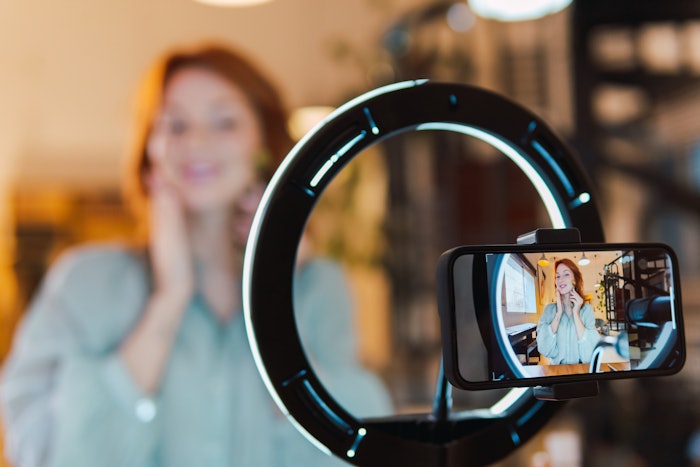
Perfumer & Flavorist+ connected with Spate co-founder Yarden Horwitz to discuss how social media can work as a predictor for trends in beauty and fragrance, key formats and olfactory notes on the rise in the United States and white space ripe to explore in 2024.
Related: Spate Reveals 3 Beauty and Personal Care Consumer Trend Predictions for 2024
Social media (TikTok in particular) is working as somewhat of a crystal ball for evolving beauty and fragrance trends. From your perspective, how can the beauty and fragrance industry capitalize on social media's influence?
Yarden Horwitz [YH]: Perfume-related hashtags get an average of 331.2 million views weekly in the United States, highlighting the significance of fragrance discussions on social media. At Spate, our analysis of the fragrance category over three years reveals distinct trends in Search versus TikTok engagement. Fragrance searches remain seasonally influenced, showing peaks around holidays. In contrast, TikTok conversations about fragrances have consistently grown, defying typical seasonal patterns. This suggests brands should actively participate in these ongoing discussions on TikTok to boost awareness. However, it's crucial to recognize that Google searches reflect purchase intent. Despite year-round fragrance talks on TikTok, purchasing still occurs during holiday seasons.
What are some of the key formats and olfactory notes consumers are hungry for in the U.S. fragrance market?
YH: Across consumer preferences in scent profiles and benefits, pheromones are leading in popularity with an average of 122.4K monthly searches. Vanilla is a close second, seeing 110.1K searches on average each month. There is notable rising interest in pheromone oils and musk perfumes as well, with increases of +23.4% and +10.3% YoY year-over-year. This emphasizes both popular scent and format (oil in this case).
How do those demands inform new formulations or opportunities for innovation?
YH: The rising popularity of vanilla and musk indicates a revival of classic notes. This trend — coupled with the increased interest in pheromones — shows a consumer preference for sweet and attraction-enhancing scents. This presents an opportunity for brands to rejuvenate classic fragrances that fit the bill. Innovations could include 'flanker' fragrances that cater to new consumer preferences by incorporating a newly popular note.
From your perspective (and research) what is the white space ripe to explore in 2024 in beauty and/or fragrance?
YH: Brands should continue investing in subscription services or offering miniature and travel-sized fragrances. Despite the competitive nature of the sampling market already, the ongoing consumer trend of 'try before you buy' emphasizes the importance of providing options that facilitate experimentation. Additionally, brands should pay attention to the fragrance notes mentioned earlier. Even in a crowded market, consumers' willingness to experiment suggests they are open to exploring new fragrances that resonate with their preferences.
Any radical shifts you're predicting in 2024 in terms of consumer demands? What are the driving factors?
YH: As hyper-experimentation in fragrance choices gains popularity, the appeal of having a signature scent diminishes. Brands will benefit from directing their marketing strategies towards the growing trend of experimentation. Highlighting how different fragrances align with specific occasions or moods can be effective. While modern consumers may have favorite scents, they are increasingly moving away from the idea of a single everyday fragrance. The goal for brands shouldn't be to become the sole choice, but rather to distinguish themselves amongst a crowd.










